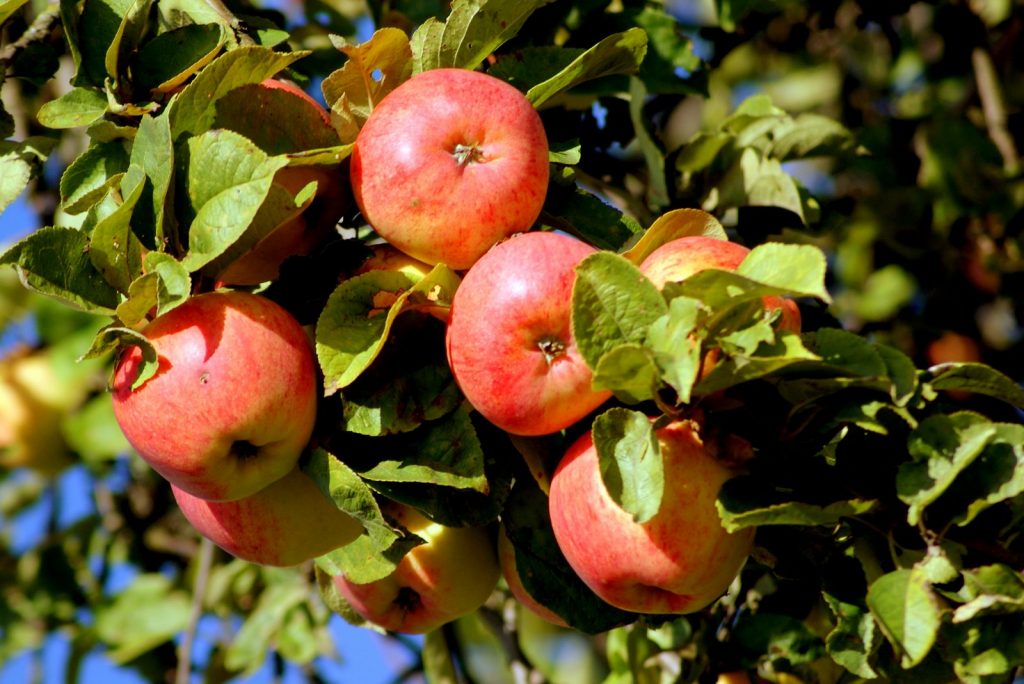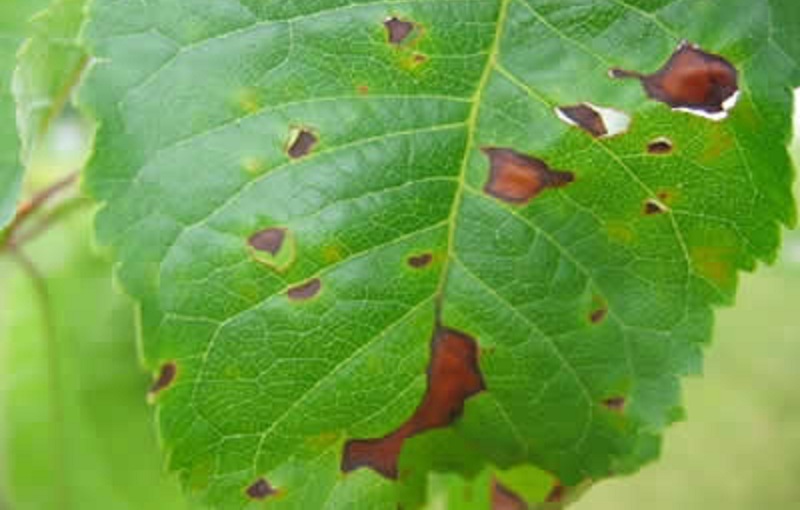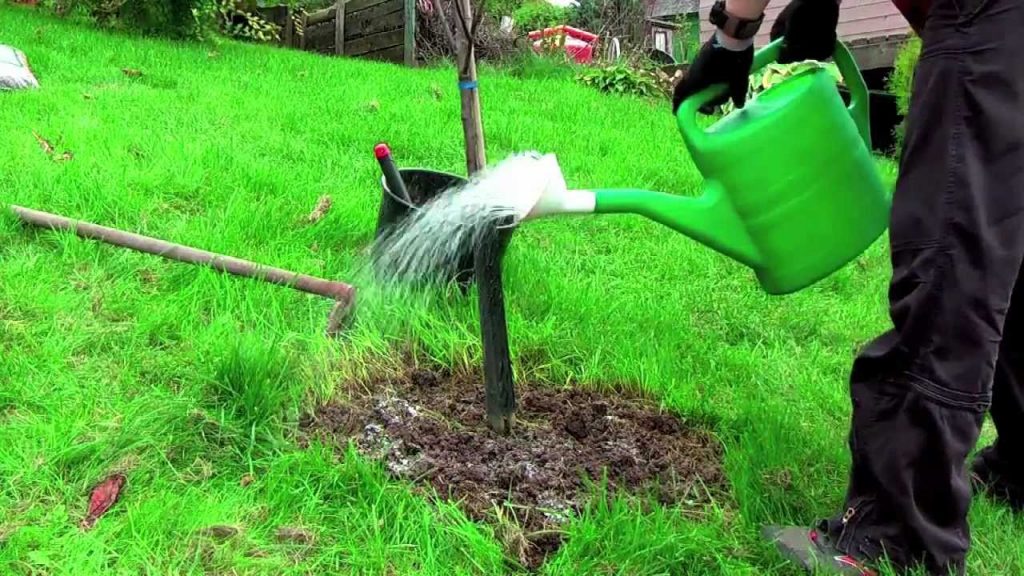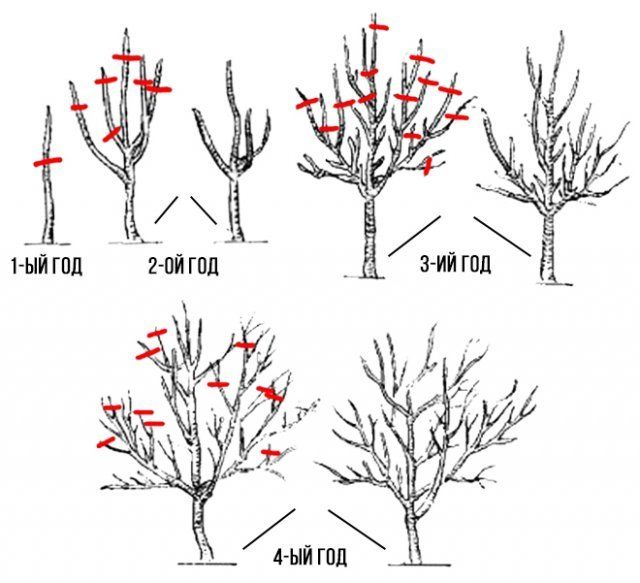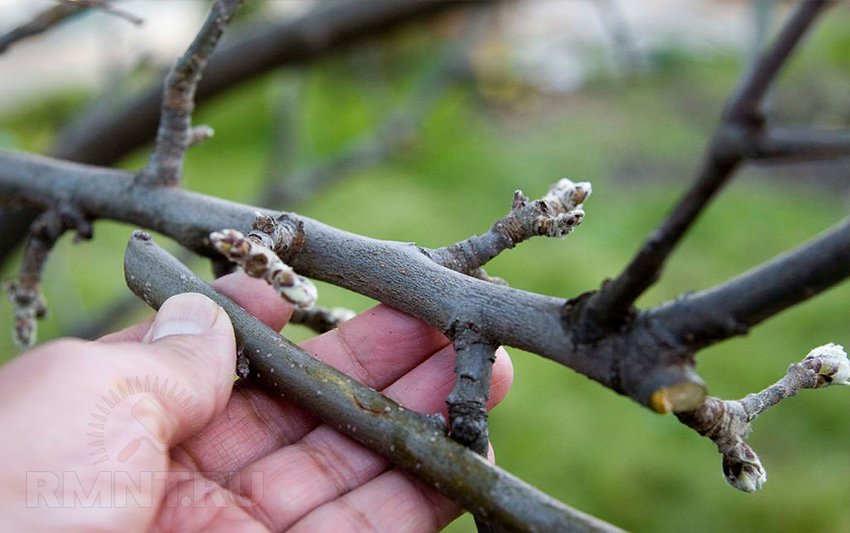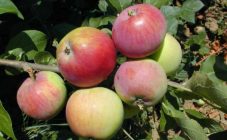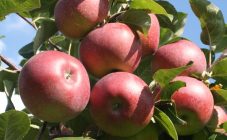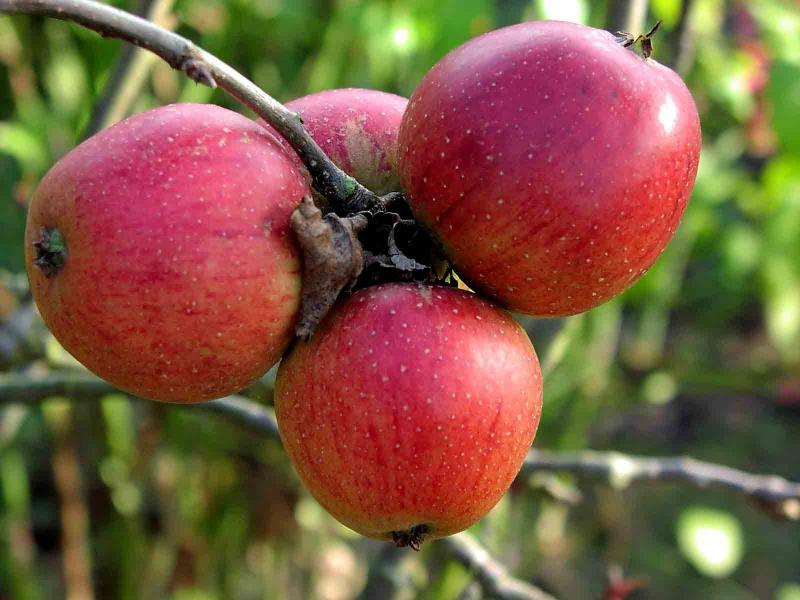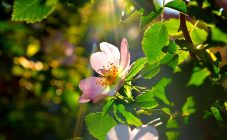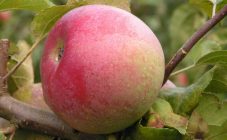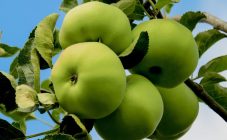Content:
The apple tree is a deciduous fruit tree widely distributed in the Northern Hemisphere. The homeland of this culture is considered the foothills of the Alatau (the modern territory of Kazakhstan and Kyrgyzstan), from where it was brought to Europe during the conquests of Alexander the Great. In Russia, the first apple orchard was founded in the 11th century at the Kiev-Pechersk Lavra during the reign of Yaroslav the Wise. 5 centuries later (in the 16th century), the cultural area included the northern regions of the Russian state.
Among the wide variety of summer varieties among summer residents and farmers, the Apple Spas apple tree is popular. Bred by the All-Russian Research Institute of Breeding of Fruit Crops in 2003, it passed successful variety trials for 4 years and in 2007 was entered into the State Register of Varieties (State Register of Breeding Achievements Permitted for Use).
In more detail about which apple tree Yablonevy saved the description of the variety has, what are its main characteristics and features, how to correctly grow it on a personal plot, will be discussed in this article.
Description of apple variety Apple spas
Appearance
The variety is a tree, up to 10-15 meters high, with a spreading rounded crown, 4-5 meters in diameter, consisting of spaciously located branches. The angle between the skeletal branches and the trunk (central conductor) is close to right. The leaves on the branches are large, ovate, pubescent from above, with a pointed tip and wavy edges. The color of the leaves is deep green, without shine (matte). The pink flowers are collected in umbellate inflorescences. The apple tree blooms in early-mid May. Insect pollinated variety. The main pollinator is bees.
The fruit is a large (weighing over 200 g), ribbed apple, light yellow in color with a large number of vertical stripes (shading) of bright scarlet or red. The pulp is greenish, juicy, of medium density, with a pleasant sweet and sour taste. Tasting score - 4.3 points out of 5.
Frost resistance
The variety is highly resistant to negative temperatures. Thus, during variety trials, the plants withstood 25-degree frost with minimal and reversible damage to vegetative buds and other tissues. Work on increasing the frost resistance and acclimatization of the variety in the harsh conditions of Siberia in the near future will make it possible to grow this variety in any region of Russia.
Ripening time and yield
The apple variety Yablonevy Spas belongs to the early maturing (early-ripening). He begins to bear fruit already from 2-3 years. The fruits ripen together by the middle of the second or early third decade of August. With proper agricultural technology, 5-7-year-old trees yield up to 40-50 kg of marketable apples (14-15 t / ha).
Pest and disease resistance
The apple tree Apple spas is completely resistant to scab, is slightly affected by powdery mildew, rust, brown spot, moniliosis. Such dangerous pests as felt mite, leaf flies, aphids, drooling pennits, leafhoppers, scale insects, apple blossom beetle, goose practically do not damage the apple tree of this variety.
Growing regions
The variety is approved for cultivation in the Central and Central Black Earth regions. Currently, the variety is also undergoing acclimatization in Siberia.
Growing technology
Seat selection
For planting apple trees of this variety are suitable areas located on a small hill or slope, well-lit by the sun, with fertile sandy loam or loamy soils. It is very important for the normal growth and development of an apple tree seedling such a characteristic of the site as the level of groundwater and the top water. Throughout the year, it should be no closer than 120 cm from the soil surface.
Tillage and fertilization
The soil in the selected area is carefully dug up in the fall. When planting a whole apple orchard, the site is treated with glyphosate-containing herbicides of continuous action (Roundup, Tornado, Rainbow, Hurricane), then after the death of all weeds (after 10-12 days) the soil is plowed.
Plowing or digging of the site is carried out to the depth of the arable fertile layer (20-25 cm.)
For plowing (digging) the site, the following organic and mineral fertilizers are applied:
- Compost or rotted manure - 10-12 kg / m2;
- Double superphosphate - 20 g / m2;
- Potassium chloride - 20 g / m2
In the spring, before planting, the site is carefully loosened to a depth of 10-12 cm, destroying the formed soil crust and preventing moisture loss.
Landing
Planting of seedlings of this variety is carried out in the spring, after the soil has warmed up to a temperature of + 7 + 100C, and excess moisture has evaporated from it.
For planting, round holes are dug, 0.5-0.6 m deep and 1.0-1.2 m in diameter.When laying a garden, seedlings are placed in a row at a distance of 1.0-1.2 m with a row spacing of 4-4.5 m.
Actually, the planting process itself is performed using the following technology:
- 30-40 kg of rotted manure or compost are poured onto the bottom of the dug hole;
- The seedling is placed in a pit in such a way that the loosely spread roots rest on a mound of humus or manure at its bottom;
- A hole with a seedling located in it is covered with fertile soil, tamping its first layer, which completely covered the roots. This is necessary for better contact of the root system of the seedling with the soil and the nutrients and moisture in it;
- Having filled the hole to the top with soil, the seedling is watered, the trunk circle is mulched or simply loosened the soil that has dried out after watering;
- The seedling is tied to a peg driven in next to it.
Watering
During the season, the apple tree is watered abundantly in the following phases:
- At the beginning of the growing season, before bud break;
- In the flowering phase;
- In the fruit setting phase;
- In the phase of fruit ripening;
- Before leaf fall (with dry autumn).
In each of these phases, the apple tree is watered at least 1 time per week. The watering rate depends on the age of the tree:
- One-year-olds - 20-30 l / m2 trunk circle;
- Two-year-olds - 20-30 l / m2 trunk circle;
- 3-5 summer apple trees - 40-50 l / m2 trunk circle;
- 6-7 year old apple trees - 60-80 l / m2 trunk circle;
Pour with settled warm rainwater, gently pouring it from a bucket or watering can into a recess made around the trunk.
A convenient way to irrigate the garden will be a drip irrigation system - located on the soil surface or suspended above it at a low height, dropper tapes, dosing water in small portions into the tree trunk circle of apple trees.
Pruning
The pruning scheme depends on the age of the apple tree.
A one-year-old seedling after planting is pruned as follows:
- Allocate the central conductor - the stem;
- The 2-3 strongest skeletal branches growing on the sides of it are shortened by 1/3 of their length;
- All branches that interfere with the growth of skeletal branches are cut off completely ("per ring").
With this pruning, the skeletal branches will not overtake the central conductor in growth, due to which the correct rounded crown will form.
Pruning of two-year-old and older trees is performed in spring, before bud break. When pruning, remove:
- Branches broken or damaged by wind, snow or frost;
- Dry and dead branches;
- Branches growing inside the crown;
- Branches growing vertically downward or upward;
- Crossed and touching branches.
Top dressing
During the first 2 years, the seedlings are not fed. They start from the 3rd year, during the growing season, making 3 dressings:
- In early spring - ammonium nitrate at a dose of 50 g / 1 apple tree;
- In the middle of summer, in the phase of fruit loading - ammonium nitrate at a dose of 35 g / 1 apple tree;
- In late autumn - double superphosphate at a dose of 80 g / 1 apple tree and potassium chloride at a dose of 70 g. / 1 apple tree.
At the same time, nitrogen fertilizers are applied superficially after watering. Phosphorus and potash are sealed when loosening to a depth of 10-12 cm.
Protection from pests and diseases
Since the variety is resistant to most diseases, fungicidal treatments are not performed during the season. When damaged by pests, trees are treated with insecticides such as Decis Expert, Bi-58 Novy, Danadim, Aktara, Karate Zeon, Kinimiks, Calypso, Sensei.
Under the conditions of a personal plot, apple trees are treated with a knapsack sprayer. In farms and industrial gardens of an intensive type, special trailed or self-propelled sprayers are used.
Reproduction
This variety is propagated by grafting a shield with a bud cut from a branch onto a weakly growing semi-dwarf stock. Vaccination (budding) is carried out during the period of active sap flow - in early spring (late April-early May) or late summer (August).
Vaccination is performed as follows:
- A ripe annual branch, no more than 10 mm thick, with 12-15 good buds is cut from a healthy fruit-bearing tree. All foliage from the cutting is removed;
- On a clonal rootstock planted in advance and established, the lower branches are removed, the rootstock is wiped with a cloth from dust and dirt;
- A bud with a shield from a thin layer of bark and wood is cut from the cutting. For budding, 6-8 buds are used, located in the middle part of the cutting. The lowest and most apical kidneys are not used;
- Having retreated 10-12 cm from the ground, a T-shaped cut is made on the stock, a shield with a kidney is inserted inside it;
- The vaccination site is wrapped with a special stretchable plastic wrap;
- In the spring of next year, the film is removed and, having retreated 2-3 cm from the grafted kidney that has started to grow, the entire aerial part above the graft site is cut off.
A small apple tree (seedling) obtained in this way will have varietal purity and all the positive properties of the rootstock.
Advantages and disadvantages of the variety
The main advantages of this variety are:
- Scab resistance;
- Early maturity (early maturity);
- Unpretentiousness to climatic and soil conditions;
- Resistant to low and high temperatures;
- Drought resistance;
- Stable and high yield.
The main disadvantage of Yablonevy Spas is the low keeping quality of fruits - apples are poorly stored and quickly rot. Therefore, they are recommended to be consumed fresh or used for making compotes, preserves, jams, baked goods.
